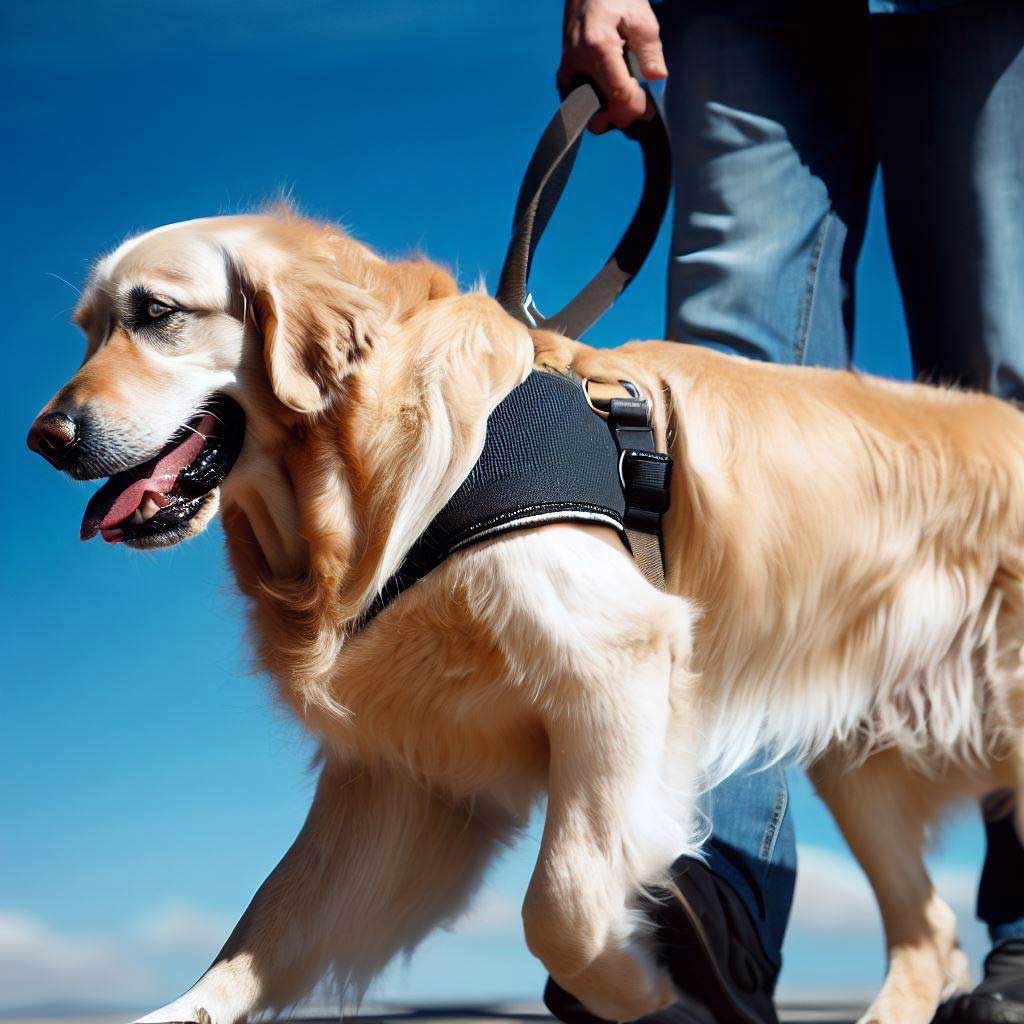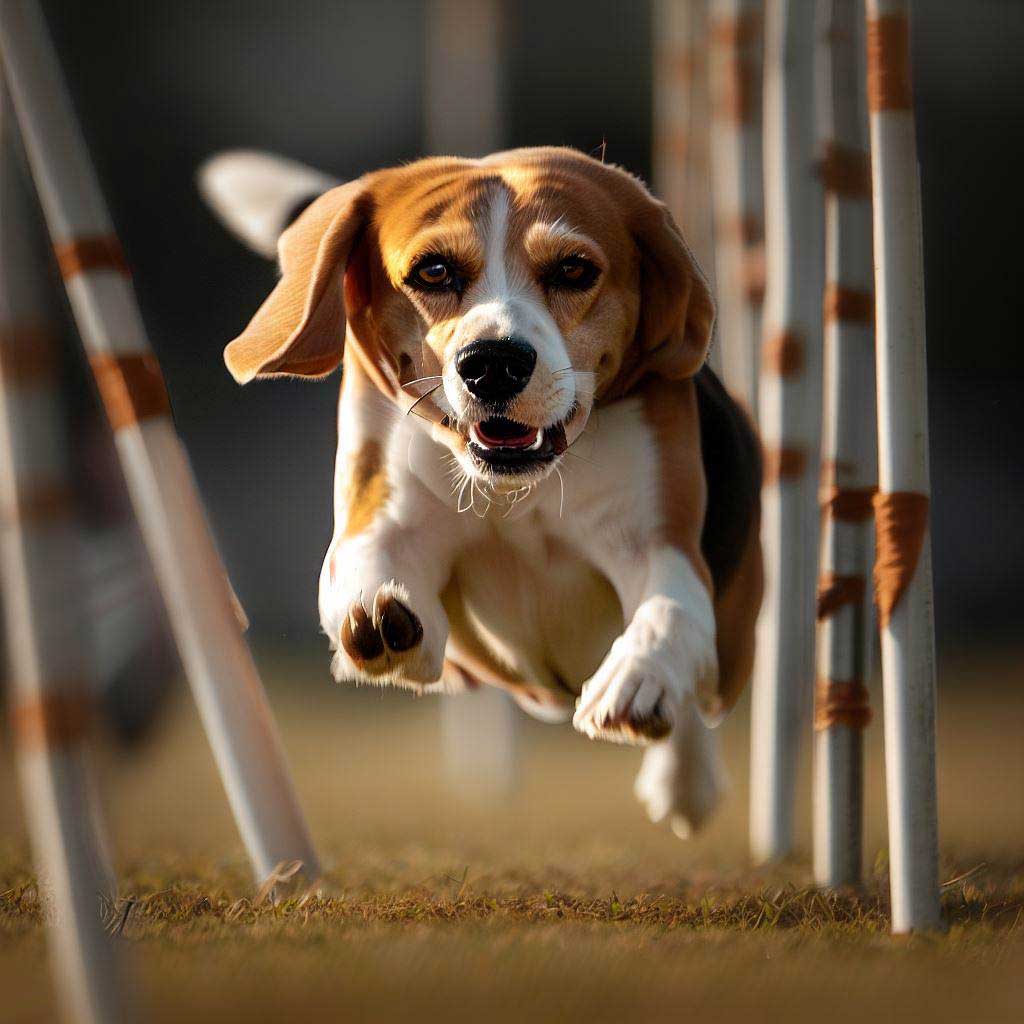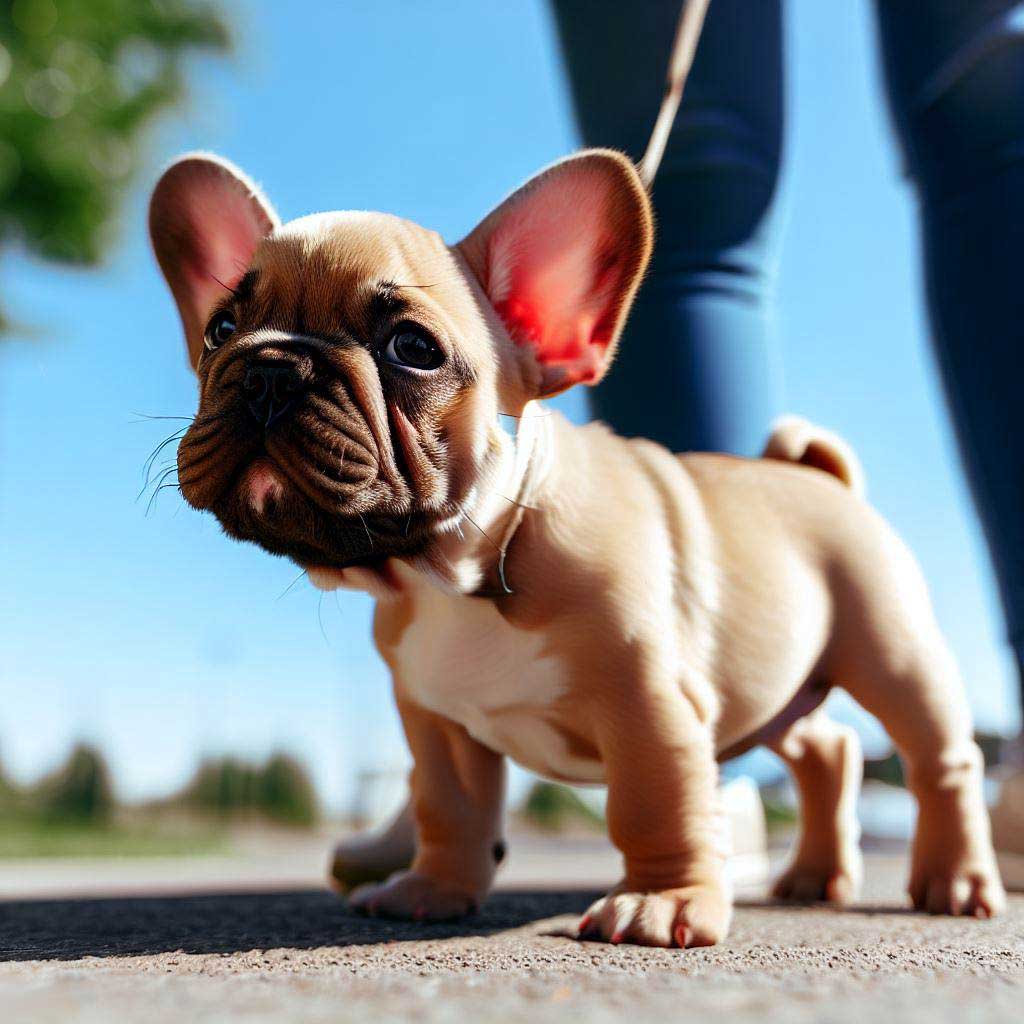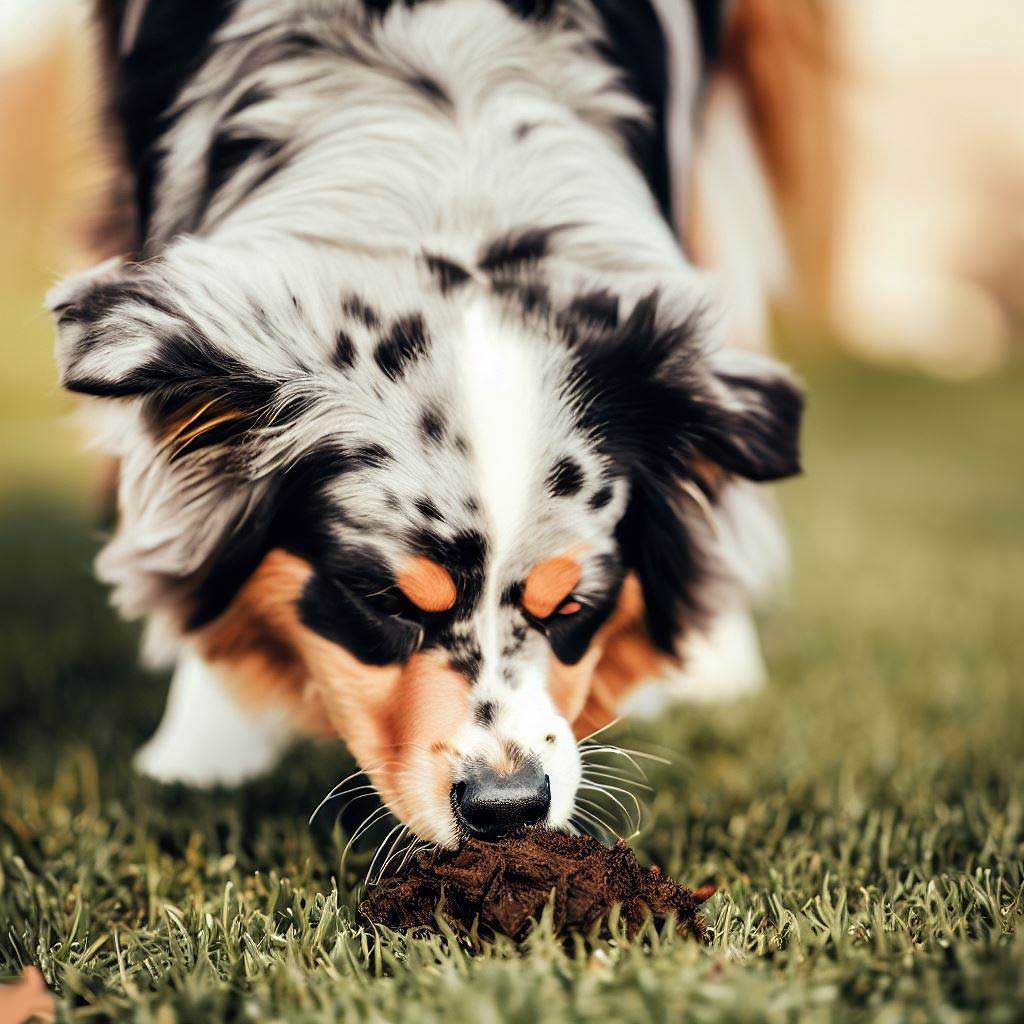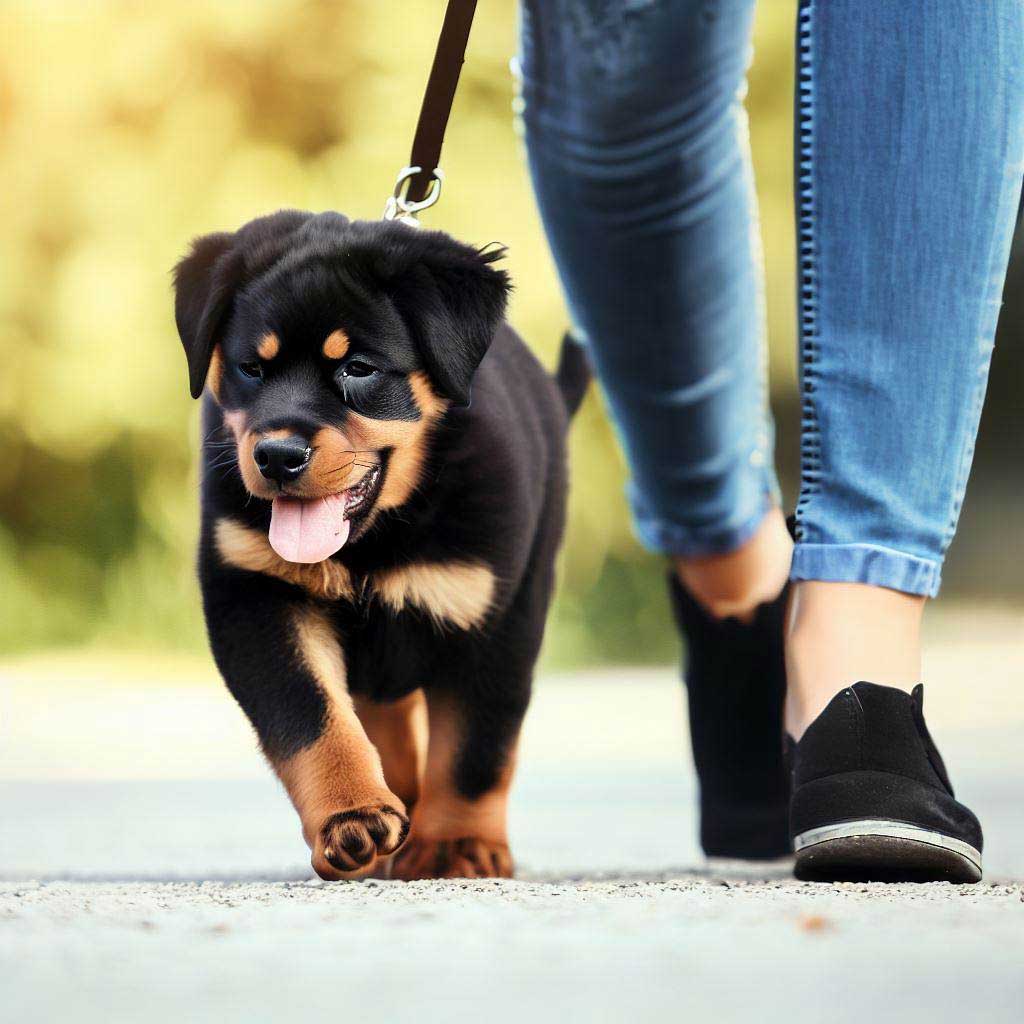Separation Anxiety in Dogs: A Comprehensive Guide. From Distress to De-stress, unlock expert advice for a happier, stress-free canine companion
Table of Contents
Separation Anxiety in Dogs: Introduction
You’ve probably heard the term before, “separation anxiety in dogs.” You might even have a vague understanding of it. Perhaps you’ve witnessed its heartbreaking symptoms: the relentless barking, the frantic digging, the destructive behavior. Yet, it’s essential to delve deeper into this term, especially if you’re a dog owner or someone who interacts frequently with dogs. Understanding and addressing separation anxiety isn’t merely about managing behaviors; it’s about compassionately identifying and responding to an underlying emotional crisis.
What is Separation Anxiety in Dogs?
Definition of Separation Anxiety
Separation anxiety in dogs is more than just a bit of stress when you head out. It’s a profound, often debilitating fear of being apart from their family members. Your dog doesn’t see your departure as just a temporary absence. To them, it feels like an eternity, an overwhelming stretch of time filled with uncertainty and dread. They don’t know if or when you’ll return, and that unknown terrifies them. Their distress isn’t a sign of disobedience or lack of training; it’s a cry for help, a plea for reassurance.
The Difference Between Normal Puppy Behavior and True Separation Anxiety
Navigating the world of dog behavior can be a maze, especially when the lines blur between what’s considered ‘normal’ and what’s symptomatic of a deeper issue. When you bring that adorable puppy home, there’s a myriad of behaviors to decode.
Normal Puppy Behavior:
Your puppy is like a blank canvas, absorbing every experience, every interaction. Their natural curiosity leads them to explore, sometimes leading to chewed-up shoes or a little mess on the carpet. You might even notice them whimpering when you step out for a moment. This is all part of their learning journey. They’re getting to know their new environment, understanding boundaries, and adjusting to being momentarily alone.
True Separation Anxiety:
Contrast that with genuine separation anxiety, which is starkly different in its intensity and implications. Dogs experiencing true separation anxiety display behaviors that go beyond innocent exploration. We’re talking about incessant barking or howling, attempts to escape that might result in self-injury, and total destruction of home items. And these aren’t just occasional incidents. They happen repeatedly, every time you’re away. It’s as if your dog is experiencing an emotional hurricane, with no shelter in sight.
Now, imagine this scenario: every single time you leave home, even for a few minutes, your dog goes into a full-blown panic mode. They’re not acting out; they genuinely believe that each departure might be the last time they see you. Their world, structured around your presence, seems to fall apart the moment you step out. Recognizing this difference is the first step towards addressing the issue. Responding with empathy, rather than frustration, can make a world of difference in their lives and yours.
Understanding separation anxiety in dogs goes beyond just identifying behaviors. It’s about connecting with the emotional world of your canine companion, recognizing their distress, and taking proactive steps to help them navigate it.


“…Your puppy is like a blank canvas, absorbing every experience, every interaction. Their natural curiosity leads them to explore, sometimes leading to chewed-up shoes or a little mess on the carpet….”
Causes of Separation Anxiety
Understanding the root causes of separation anxiety in dogs is the first step to addressing this challenging issue effectively. Just like humans, dogs are complex creatures shaped by a combination of genetic factors and life experiences. Let’s delve deeper into some of the main factors contributing to separation anxiety in our canine companions.
Changes in Environment
Moving to a New Home
Imagine waking up one day and finding everything familiar – your bed, your favorite chair, the scent of your surroundings – all changed. For dogs, moving to a new home can be a disorienting and stressful experience. Their previous territorial markers have disappeared, and they’re left navigating a world of unfamiliar sights and sounds. This disruption in what was once known can sometimes trigger separation anxiety, especially if they associate the change with the absence of their beloved human.
Change in Family Dynamics
Dogs are keen observers. They thrive on routine and predictability. When there’s a significant shift in family dynamics, such as a new family member, the departure of a familiar person, or even the death of a fellow pet, it can shake their sense of security. A dog that was once confident and calm might begin to exhibit signs of distress and separation anxiety in the face of these changes.
Change in Routine
Alterations in Daily Schedule
A switch in daily routines can be another culprit. Dogs are creatures of habit. They find comfort in knowing when it’s time to eat, play, or rest. If there’s a sudden change, like you starting a new job with different hours or staying away due to an extended vacation, they might struggle to adapt. This change can sometimes manifest as separation anxiety, where they anxiously await your return, uncertain of the new normal.
New Working Hours of Pet Parents
Closely linked to alterations in daily schedules, a shift in your working hours can also affect your furry friend. If you previously worked from home and suddenly started spending long hours at the office, or vice versa, your dog might find the change hard to accept. Their entire day, previously structured around your presence, is now riddled with long stretches of loneliness, giving rise to symptoms of separation anxiety.
Past Traumas
Rescue Dogs and Their Backgrounds
Rescue dogs come with a history, sometimes a painful one. A past filled with neglect, abandonment, or frequent changes in guardians can leave deep emotional scars. They might have been separated from their previous families or spent long durations in shelters, where routines were unpredictable. For such dogs, every moment of separation, no matter how brief, might evoke memories of past traumas, amplifying their anxiety.
Early Weaning from the Mother
The early days of a puppy’s life are foundational. Puppies weaned too early, separated from their mothers before the age of eight weeks, often don’t receive essential social cues. This premature separation can lead to a host of behavioral issues, including heightened separation anxiety. The bond between a mother and her pup is sacred, and disrupting it too soon can have lasting consequences.
Breed Predispositions
Certain Breeds and Their Tendencies Towards Anxiety
Just as genetics play a role in human behavior, breed-specific traits can influence a dog’s susceptibility to separation anxiety. Breeds renowned for their loyalty and deep attachment to their human companions, such as German Shepherds, Labrador Retrievers, and Border Collies, might be more prone to experiencing separation anxiety. However, it’s essential to remember that while breed can be an indicator, each dog is an individual with a unique set of experiences and emotions.
The intricate dance of genes, environment, and individual experiences shapes the phenomenon of separation anxiety in dogs. Recognizing and understanding these factors can pave the way for effective interventions, ensuring our canine friends live a life free of undue stress.
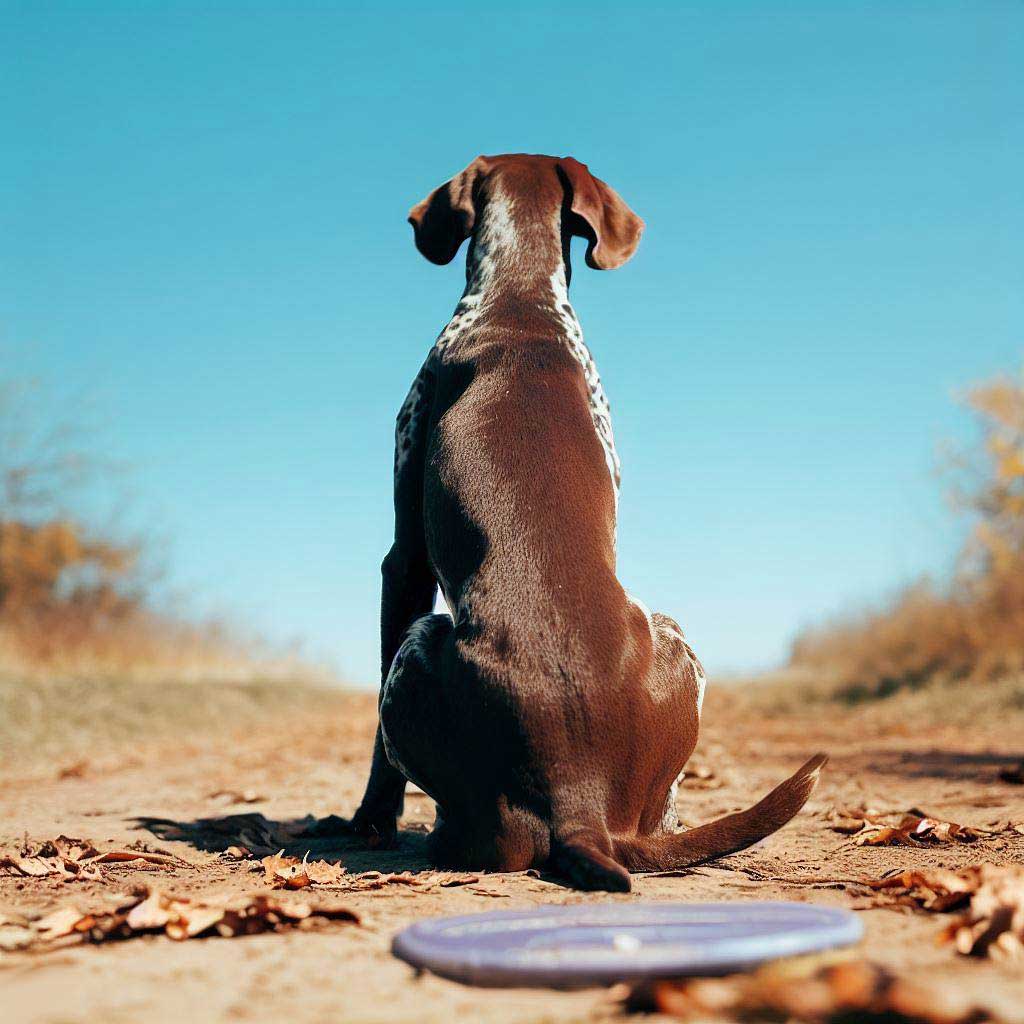

Recognizing Signs of Separation Anxiety
When it comes to understanding the emotional and behavioral health of your beloved dog, keen observation is crucial. Recognizing the signs of “separation anxiety in dogs” early on is a game changer. So, you might be wondering, what are these symptoms, and how do they manifest? Let’s dive in.
Common Symptoms and Behaviors
Every dog is a unique being with distinct personality traits and behavioral tendencies. However, dogs suffering from separation anxiety often display a range of common symptoms. It’s essential to remain vigilant and identify these behaviors promptly.
- Destructive Behavior: Perhaps you’ve come home to a torn-up couch or gnawed-on shoes. While it’s easy to dismiss this as bad behavior or boredom, it might be your dog’s desperate attempt to cope with the anxiety of being left alone.
- Excessive Barking or Howling: Continuous barking or howling, especially in your absence, is a telltale sign. Your neighbors might also report this noise, indicating distress during the periods you’re away.
- Inappropriate Elimination: Despite being house-trained, if your dog urinates or defecates indoors when you’re gone, it could be an expression of distress linked to separation anxiety.
- Pacing: Observing your dog moving in a fixed pattern, such as in circles or along a straight path, can hint at underlying anxiety issues.
- Escape Attempts: Desperate efforts to escape confined areas, especially in your absence, which may result in self-injury, signify deep distress.
- Excessive Drooling or Panting: While drooling or panting can be normal in certain situations, such as post-exercise, an increase in its frequency, especially during separations, is worth noting.
- Overattachment: If your dog follows you everywhere or becomes overly anxious as you prepare to leave, it indicates a dependency that might culminate in separation anxiety once you’re gone.
Differences in Severity: Mild to Extreme Cases
Understanding the spectrum of separation anxiety in dogs is crucial for pinpointing the severity of the condition and seeking appropriate intervention. Let’s break this down:
- Mild Cases: Mild symptoms can be subtle. Your dog might pick up on cues like grabbing your keys or putting on shoes and show slight uneasiness. They may engage in mild pacing or show some hesitation as you prepare to leave. Sometimes, it’s a quiet whimper or a brief episode of restlessness right after you’ve left.
- Moderate Cases: Here, the signs become more apparent. The pacing intensifies, and there’s evident distress as you’re about to leave. Destructive behavior may be periodic, and the barking or howling lasts longer. Your dog might also show more pronounced physical symptoms, such as drooling.
- Extreme Cases: This is where the situation demands immediate intervention. Your dog’s distress is palpable even before you leave. There’s persistent and loud vocalization, severe destructive behaviors, and possibly even self-harm in escape attempts. Inappropriate elimination becomes regular, and the physical signs, like drooling and panting, are acute.
In all these cases, understanding that your dog isn’t acting out of spite or mischief, but rather from a place of genuine distress, is paramount. Their world revolves around you, and their anxiety stems from the uncertainty of your return. Thus, pinpointing the severity of their separation anxiety helps determine the next course of action, ensuring they lead a contented and anxiety-free life.
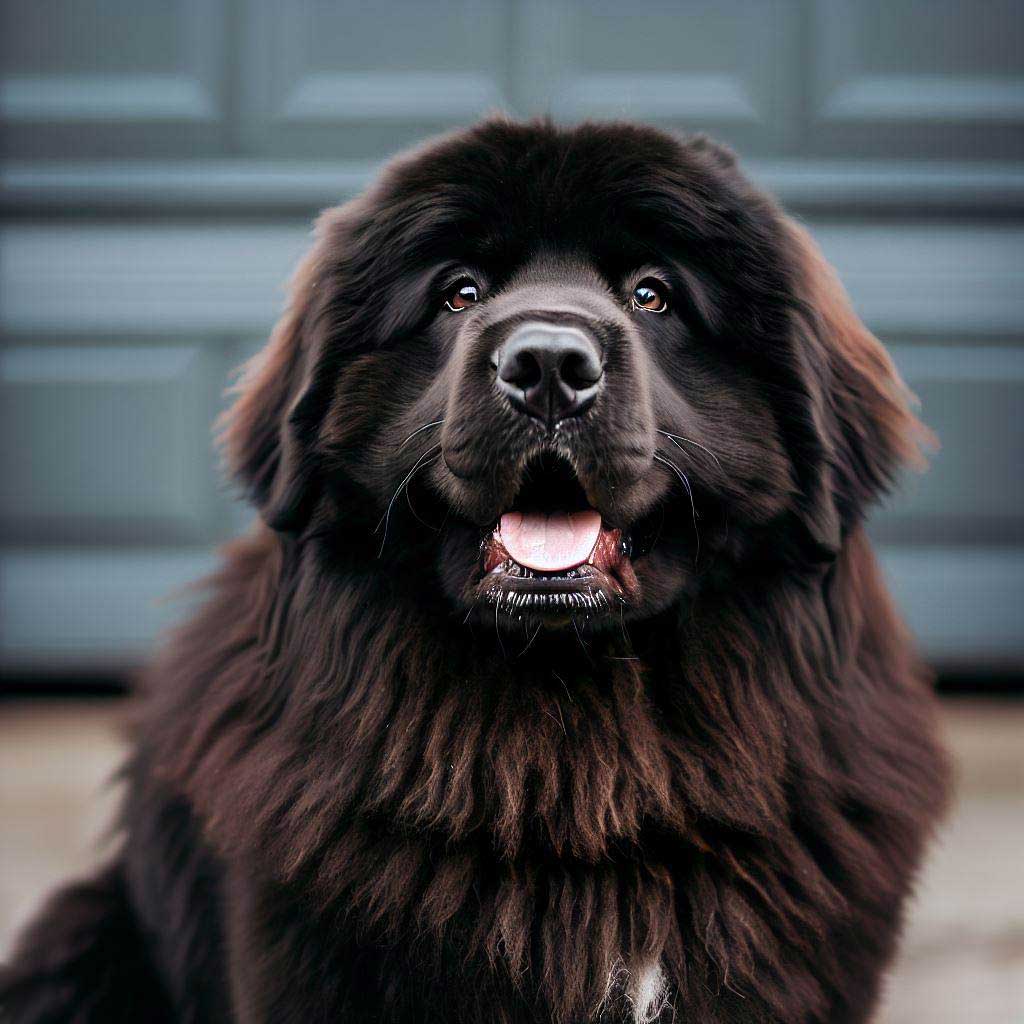

Treatment and Management of Separation Anxiety
Separation anxiety in dogs isn’t just stressful for the pet, but for the owners as well. Observing a furry companion in distress is heart-wrenching. Thankfully, there are effective strategies available that can help manage and reduce this anxiety. Let’s delve deeper into the comprehensive treatments and management techniques that are game changers in this arena.
Behavioral Training
Training is fundamental. Much like we teach dogs to sit, stay, or fetch, managing their emotional responses requires a structured approach.
Gradual Desensitization
Desensitization is a slow process, but when done right, it’s incredibly effective. Start by mimicking your departure routine, like picking up your keys or wearing your shoes, but without leaving. Gradually increase the time you’re away from your dog, starting with just a minute or two. This way, your dog learns that your departure isn’t a signal of prolonged absence. Over time, your pet begins to feel less anxious about these routines and separations.
Counter-conditioning Techniques
This involves altering your dog’s emotional response. Instead of fear or anxiety, the goal is to replace it with a positive or neutral emotion. For example, before you leave, give your dog a treat-filled toy. Over time, your pet will associate your departure with receiving a treat, alleviating the anxiety they previously felt.
Environmental Changes
Sometimes, it’s not just about training but also modifying their environment to make them feel secure.
Safe Spaces and Crates
Dogs often find comfort in den-like spaces. A well-placed crate or a secluded corner in the house can become their haven. Ensure this space is comfortable, with familiar toys and blankets, serving as their secure spot when anxiety kicks in.
Interactive Toys and Puzzles
Distraction is a powerful tool. Toys and puzzles can keep your dog engaged and mentally stimulated, reducing the focus on your absence. There are numerous products in the market, designed explicitly for dogs with separation anxiety, promising hours of engagement.
Medical Interventions
When behavioral and environmental strategies don’t provide sufficient relief, medical intervention becomes a consideration. It’s crucial to consult a veterinarian before starting any medication.
When to Consider Medications
If you’ve tried multiple strategies and your dog’s anxiety continues to escalate, or if they’re injuring themselves in their distressed state, it’s time to seek medical help. Medications can act as a bridge to reduce acute symptoms, allowing other management techniques to take effect.
Benefits and Potential Side-effects
Medical treatments can provide almost immediate relief. It can reduce the stress levels of dogs considerably, making them more receptive to training. However, like all medications, there are potential side-effects. Some dogs might experience drowsiness, changes in appetite, or other physical symptoms. Regular monitoring and vet consultations are essential.
Alternative Therapies
Apart from conventional treatments, several alternative therapies have shown promise in managing separation anxiety in dogs.
Dog-Calming Products and Supplements
There are natural supplements available that can induce a calming effect. Ingredients like valerian root and L-theanine are often incorporated into dog treats and chews. They can mildly sedate and soothe without the strong effects of prescription medication.
Music and Pheromone Diffusers
Music, specially curated for dogs, can have a therapeutic effect. Slow-tempo tunes can relax a dog, mitigating anxiety symptoms. On the other hand, pheromone diffusers release synthetic versions of the dog-appeasing pheromone, creating an environment of familiarity and comfort.
In conclusion, managing separation anxiety in dogs requires a blend of patience, understanding, and the right techniques. Each dog is unique, so what works for one might not work for another. It’s all about finding that sweet spot, that perfect blend of therapies and interventions, making the canine-human bond stronger than ever.


Training a Dog with Separation Anxiety
In the vast realm of dog behaviors, separation anxiety in dogs stands out as an especially heart-rending issue. Owners, brimming with love and concern, often find themselves at a loss. But take heart. As someone who’s trained thousands of dogs, I assure you, with the right approach, you can pave a path toward a more confident, independent dog, even if they currently shadow your every step.
Establishing a Routine
Dogs are creatures of habit. Much like us, they find comfort in knowing what’s to come. The ticking clock of routine helps anchor their world, especially when separation anxiety threatens to cast them adrift.
Importance of Predictability
Imagine navigating your day with no knowledge of what comes next. Unsettling, right? For dogs with separation anxiety, unpredictable environments exacerbate their stress. By establishing a routine, you’re essentially drafting a predictable script for your pet, making their world more understandable. Regular feeding times, bathroom breaks, and play sessions form a stable backbone in their daily life, giving them confidence even when they’re alone.
Using Consistent Cues
We humans thrive on communication, and so do dogs. But while we rely heavily on words, they lean into cues—both vocal and physical. For instance, every time you leave, if you provide a consistent cue—say, a specific word or gesture—it signals to your dog that you’re leaving but will return. Over time, this cue becomes a comforting reassurance, diminishing the dread associated with your absence.
Building Independence
Every dog owner cherishes those loving, glue-like attachments our pets form with us. However, when it tips into overdependence, problems like separation anxiety rear up. The trick lies in striking a balance—fostering both attachment and independence.
Training Commands That Promote Confidence
Teaching commands like ‘stay’, ‘sit’, or ‘bed’ can instill confidence in your dog. Picture this: You ask your dog to ‘stay’, walk to another room, and then come back to reward them. With repetition, you’re not just teaching a command; you’re embedding the idea that your absence is temporary and not a cause for panic. It’s foundational training, building block by block, until your dog can remain calm for extended periods without your immediate presence.
Offering Rewards for Calm Behavior
In the vast world of dog training, rewards hold a place of honor. And in the battle against separation anxiety in dogs, they’re your secret weapon. Observe your pet. Whenever they exhibit calm behavior during times they’d usually be anxious, reward them. Over time, they’ll associate your absences with potential rewards rather than a cause for distress.
Working with a Professional
Every dog is a universe unto itself, with unique triggers and responses. Sometimes, despite all your efforts, you might find yourself in need of professional help. It’s a step forward, not a defeat.
When to Consider a Dog Trainer or Behaviorist
When your personal interventions aren’t making a dent, or if the anxiety escalates to self-harming behaviors, it’s time to call in the experts. Trainers or behaviorists don’t just offer generic advice; they tailor strategies to your dog’s specific needs. They’re equipped to understand the nuances of dog behavior, making them invaluable allies in addressing the root causes of the anxiety.
Tailoring Strategies to Individual Dogs
A good professional will emphasize the individuality of your dog. They’ll likely begin with a thorough assessment to unravel the intricacies of your dog’s behavior. This deep dive helps them curate strategies that cater to your pet’s unique personality and triggers. With their expertise, combined with your commitment, the path to managing and potentially overcoming separation anxiety becomes clearer.
Addressing separation anxiety in dogs isn’t just about ensuring their comfort; it’s also about forging a deeper, more harmonious bond with them. With patience, consistency, and sometimes professional guidance, you can guide your dog towards a more confident and independent version of themselves.
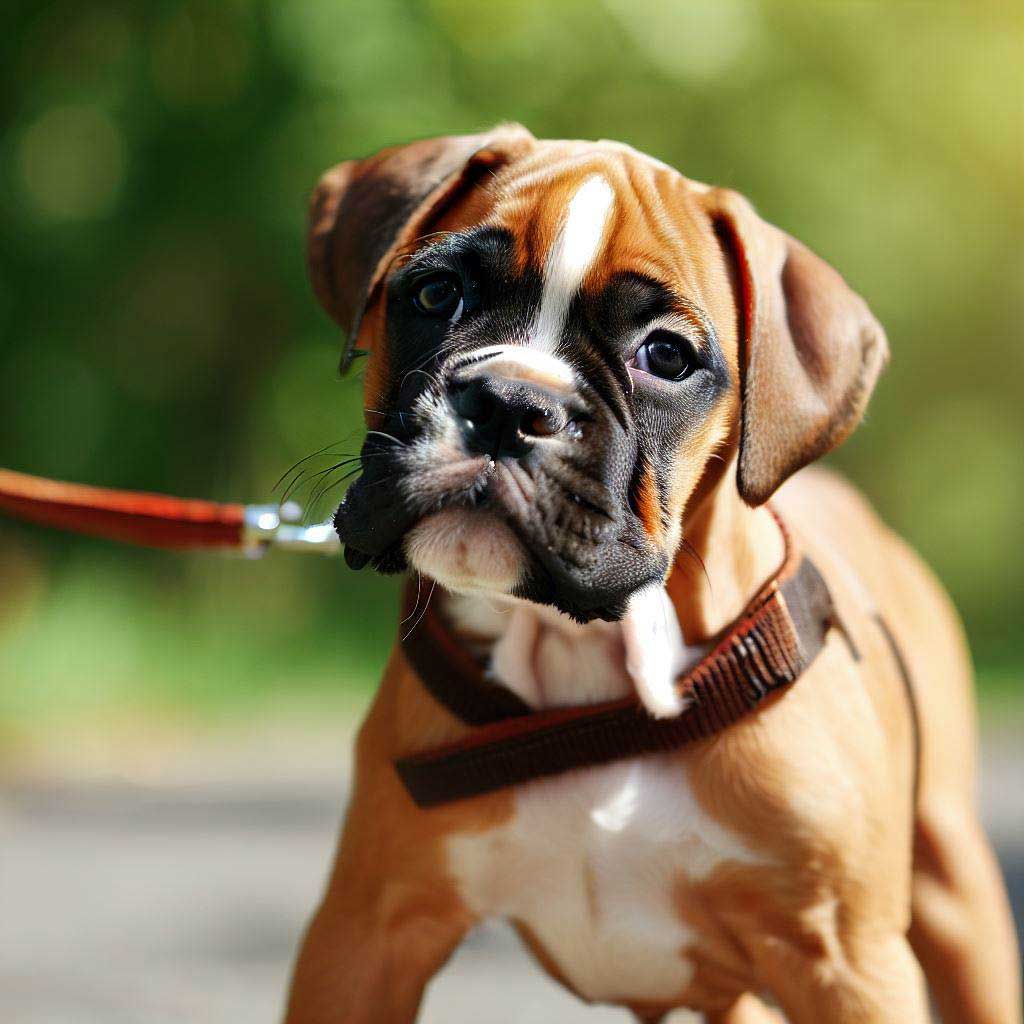
Top 10 Breeds Commonly Affected by Separation Anxiety
Dogs, those faithful companions we cherish so deeply, each come with their unique personalities, quirks, and challenges. While all breeds might experience separation anxiety to some degree, certain breeds are more predisposed to it. Let’s dive deep into understanding why some of our favorite breeds might find our absence harder to deal with.
Labrador Retriever
The loyal and affectionate Labrador Retriever, renowned for its unwavering companionship, can sometimes become too attached. Their social nature and desire to be a constant part of family activities make them prone to separation anxiety in dogs when left alone.

German Shepherd
German Shepherds, known for their intelligence and commitment, can develop strong bonds with their owners. Their protective instincts and alert nature, while beneficial in many circumstances, can heighten their anxiety during prolonged absences, leading them to become distressed.

Australian Shepherd
An energetic breed that thrives on activity and engagement, the Australian Shepherd needs constant stimulation. If they’re left alone without tasks or distractions, they can channel their boundless energy into anxious behaviors. Their herding instincts may also play a role, as they prefer to keep their “flock” (family) close.

Border Collie
Heralded as one of the smartest breeds, Border Collies require both mental and physical stimulation. When they don’t get enough of either, their sharp minds can spiral into anxious thoughts. Moreover, their innate drive to work and herd means they thrive on structure, and abrupt changes can trigger anxiety.
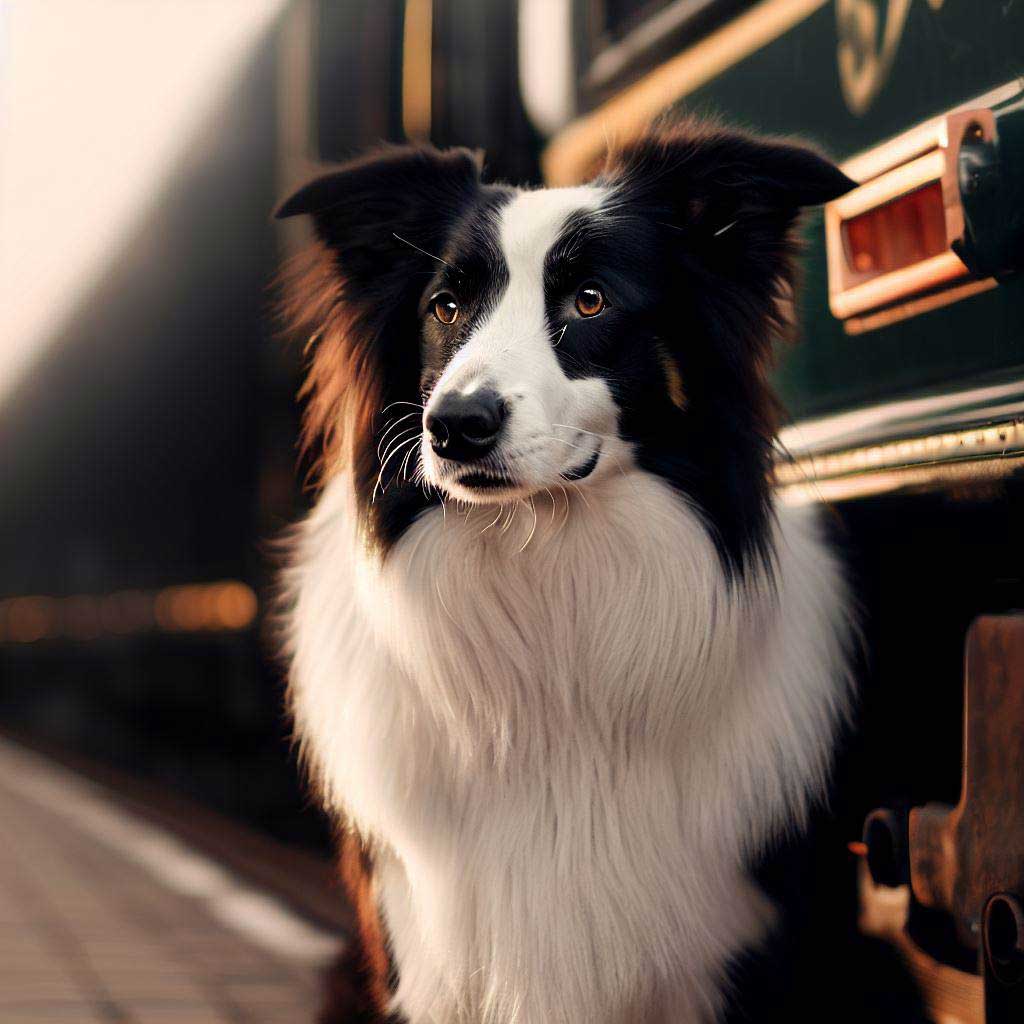
Bichon Frise
These small, fluffy companions, with their amiable nature, bond deeply with their families. Their size might deceive some into thinking they’re low maintenance, but Bichon Frises often crave attention and interaction. Without it, they can exhibit signs of separation anxiety.
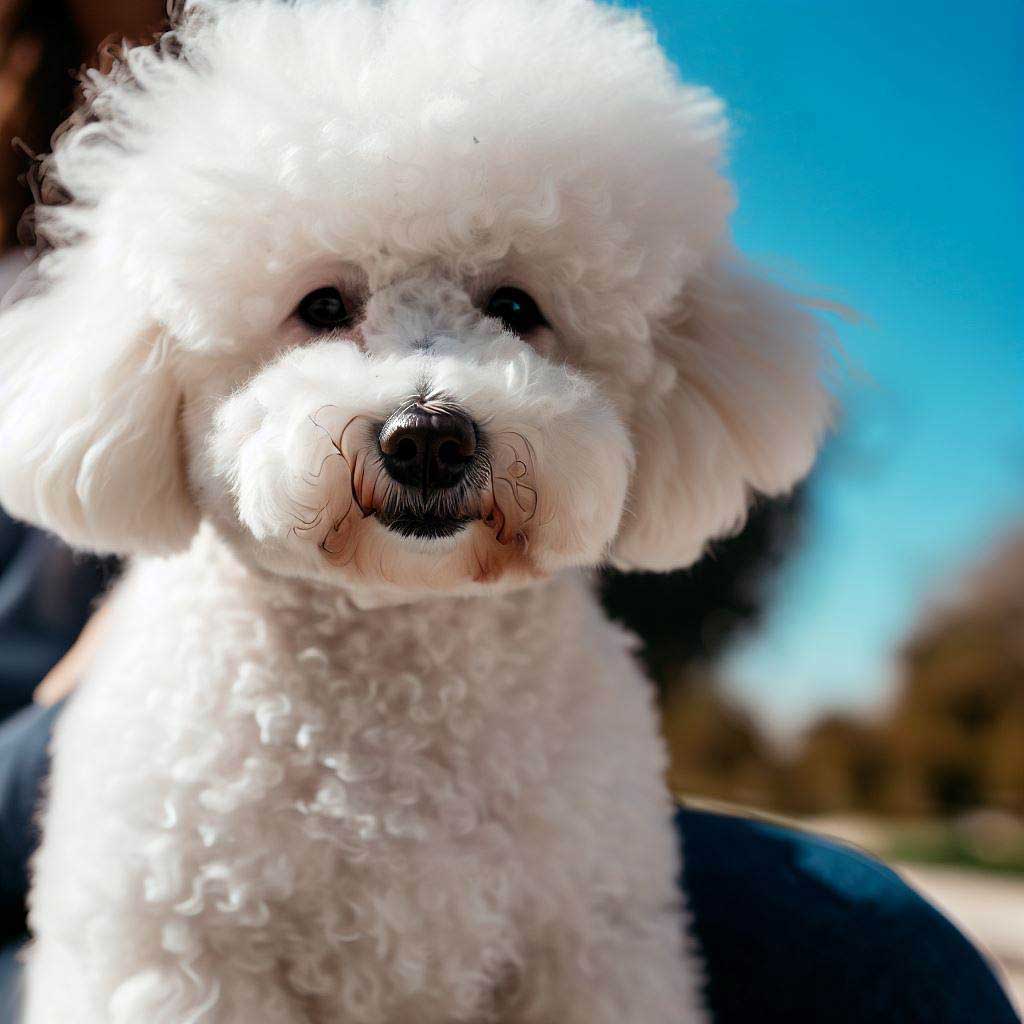
Vizsla
Vizslas, often referred to as “Velcro dogs”, have a compelling need to be by your side. Their affectionate and gentle disposition, coupled with a high energy level, makes them particularly vulnerable to anxiety when their primary human companion isn’t around.

Shiba Inu
Distinctly independent yet deeply loyal, the Shiba Inu can develop a strong bond with its family. While they might seem aloof at times, their attachment runs deep. Extended periods of solitude can be hard for them, leading to anxiety-related behaviors.
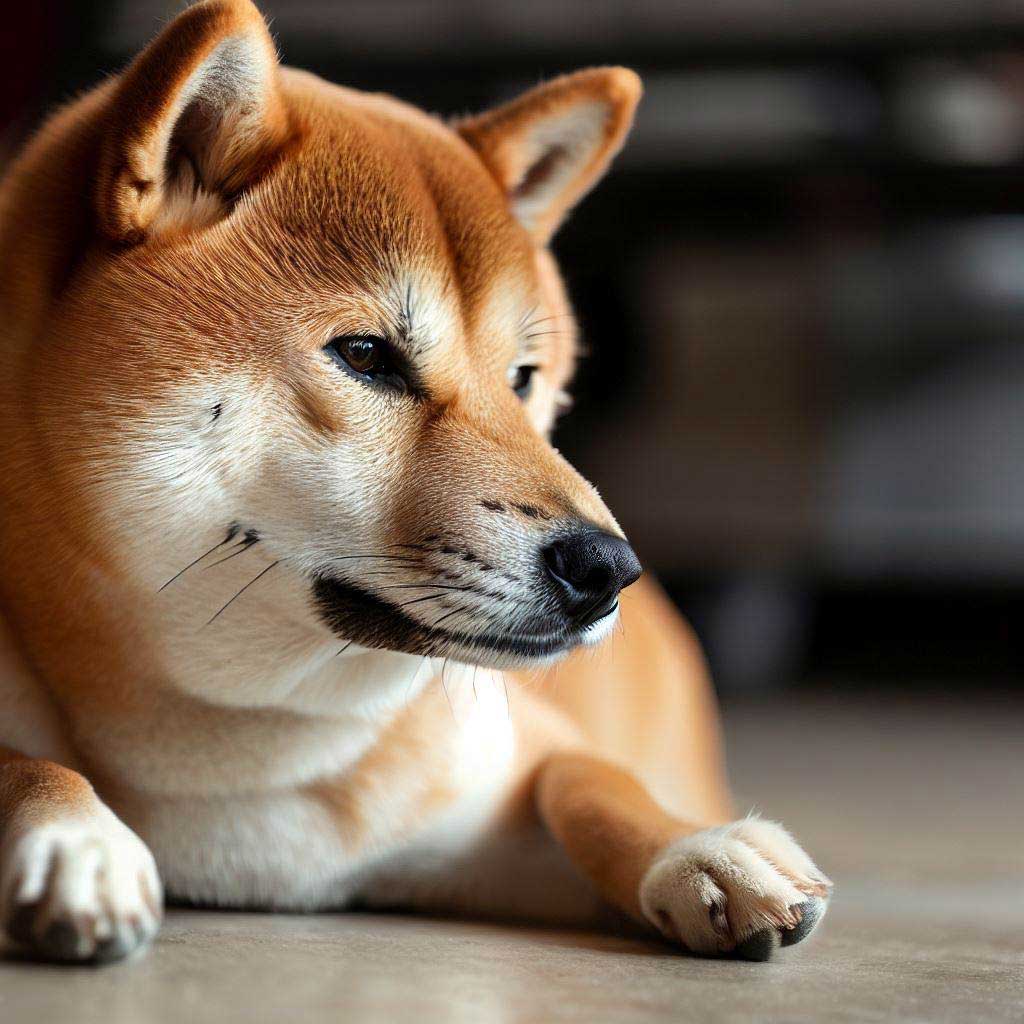
Cocker Spaniel
With their soulful eyes and endearing personalities, Cocker Spaniels easily become a beloved part of the family. Their sensitive nature can be a double-edged sword, though. While they form strong bonds, they can also feel the sting of separation keenly.

Jack Russell Terrier
Don’t be fooled by their petite stature. Jack Russell Terriers pack a lot of energy and intelligence into their small frames. They thrive on activity and challenges. Without sufficient engagement, they can become restless and anxious, particularly if their routine is disrupted.
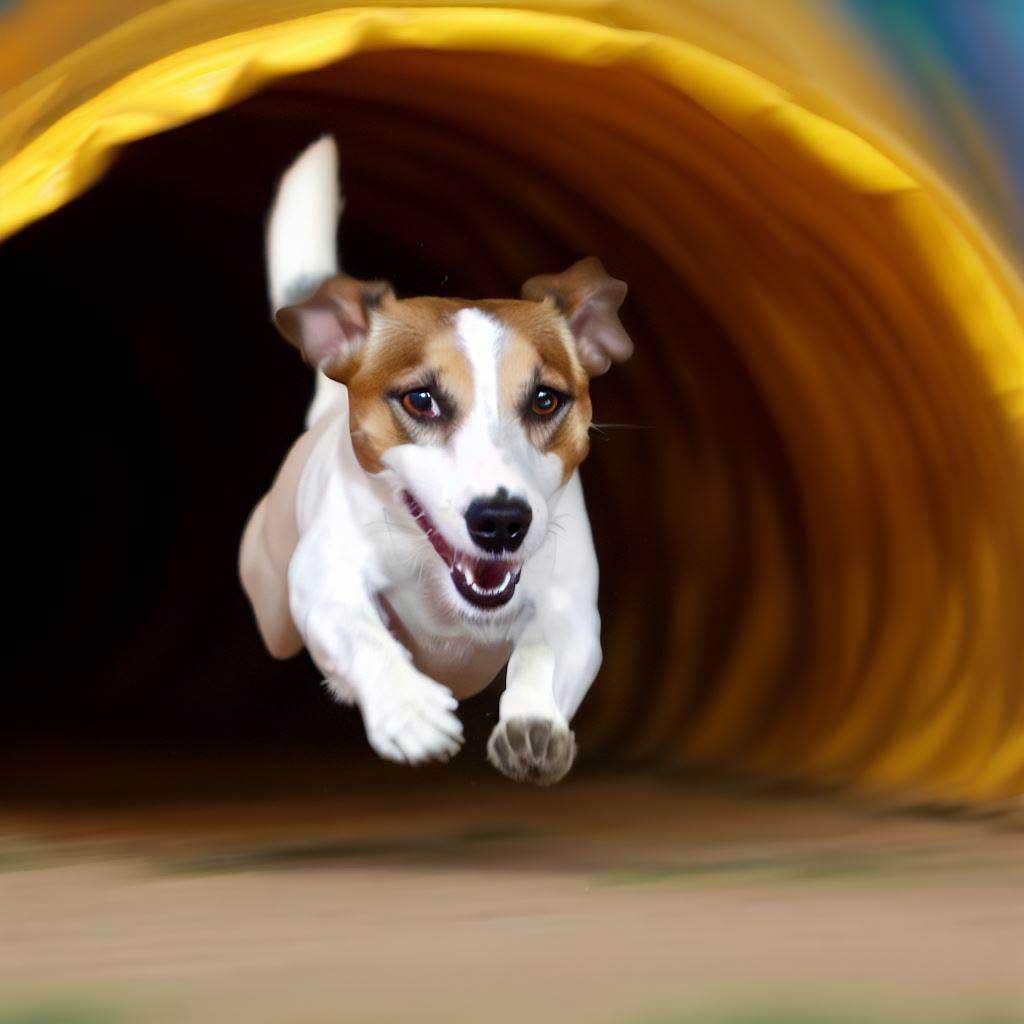
Toy Poodles
These diminutive dogs, known for their sharp intellect and spirited personalities, can become particularly attached to their owners. Their size often means they’re included in many family activities, which can lead to an increased dependence and subsequently, a heightened sensitivity to their owner’s absences.

Unraveling the tapestry of each breed’s disposition and understanding their unique tendencies is vital. By doing so, you can tailor your approach, ensuring that regardless of breed, you can mitigate the challenges of separation anxiety in dogs. After all, every dog deserves to feel secure and loved, whether you’re by their side or momentarily out of sight.
Tips and Tricks for Living with Dogs with Separation Anxiety
Navigating life with a dog that has separation anxiety can be challenging. Yet, with a sprinkle of patience, a dash of understanding, and a handful of tried-and-tested techniques, it’s entirely possible to soothe your pet’s anxious heart.
Pre-departure Cues: Desensitizing common triggers
Those shoes you wear only when leaving, the sound of keys, or even that particular perfume – dogs are astute observers. Often, they associate these cues with your departure, leading to heightened anxiety even before you step out. To mitigate this, start by identifying these triggers. Once pinpointed, desensitize your dog by exposing them to these cues without actually leaving. Wear those shoes around the house. Jingle those keys. By breaking the association, you’re on the path to reducing the onset of separation anxiety in dogs.
Quality Time: Ensuring ample interactive play before departures
Ever noticed how a tired dog is often a content dog? Before you’re set to leave, spend some quality playtime with your furry friend. Be it a game of fetch, tug-of-war, or a brisk walk, such activities tire them out both physically and mentally. A tired dog is less likely to experience heightened anxiety and might even indulge in a well-deserved nap while you’re away. Remember, this isn’t just about expending energy; it’s also about strengthening your bond.
Doggy Daycare: Pros and cons of utilizing them
Doggy daycares, those wonderlands of canine camaraderie, can be a godsend. On the plus side, they offer dogs a chance to socialize, play, and stay occupied. The environment can detract from the pangs of separation, offering an alternative focus. However, it’s not all tail wags and play bows. Some dogs, especially those that are socially anxious or not well-socialized, might find daycares overwhelming. Moreover, it’s crucial to choose a reputable daycare that ensures the safety and well-being of all its canine clients. Weigh the pros and cons carefully, considering your dog’s personality and needs.
Calming Techniques: Massage, calming wraps, etc.
Picture this: a serene ambiance, the soothing hum of soft music, and a pair of hands gently massaging a dog’s back. Sounds divine, doesn’t it? And for a dog with separation anxiety, such calming techniques can be a lifeline. Regular massage sessions, apart from being an excellent bonding activity, can alleviate muscle tension and promote relaxation. Calming wraps, akin to swaddling for infants, exert gentle pressure on the dog’s body, producing a calming effect. Such techniques don’t just address the symptoms of separation anxiety in dogs, but also promote overall well-being.
Stay Calm: Your dog can sense your emotions
Lastly, and perhaps most importantly, manage your own emotions. Dogs are remarkably attuned to the emotional states of their humans. If you’re anxious or stressed about leaving, your dog will pick up on it. And guess what? It amplifies their anxiety. Make your departures and arrivals low-key. Instead of indulging in prolonged, emotional goodbyes, keep it short and sweet. Your calm demeanor sends a powerful message to your dog: “It’s okay. Everything’s under control.”
By employing these strategies, not only do you address the immediate challenge of separation anxiety, but you also cultivate a deeper bond of trust and understanding with your canine companion. It’s a journey of mutual growth, where both you and your dog learn, adapt, and thrive.

Conclusion: Separation Anxiety in Dogs
Why its important to understanding and managing separation anxiety
Separation anxiety in dogs isn’t merely a whim or a passing phase. It’s a genuine emotion, a manifestation of deep-seated fears and insecurities. It stems from a primal need for companionship, one of the cornerstones of a dog’s existence. Over the years, as we’ve welcomed dogs into our homes and hearts, the bond has only grown stronger. Yet, with this profound connection comes responsibility.
When your furry companion exhibits signs of anxiety, it’s not just a cry for attention. It’s a plea for understanding, for patience, for compassion. The distress is real, and the emotional toll it takes on your pet is palpable. Ignoring or mismanaging this anxiety isn’t just detrimental to your pet’s well-being; it undermines the very fabric of the trust you’ve nurtured.
Therein lies the importance of comprehending the nuances of separation anxiety in dogs. By equipping oneself with knowledge, by staying attuned to the subtle changes in your pet’s behavior, and by proactively seeking solutions, you become an anchor in your dog’s world. This stability, this constancy, forms the foundation for a secure environment where your dog can thrive.
Encouragement for patience and consistent effort
However, as with any challenge, there will be hurdles. Moments of doubt, of frustration, even setbacks. Your dog might regress or take longer to adapt than anticipated. Here’s where your role morphs from a mere caretaker to a pillar of strength.
Remember, your dog isn’t giving you a hard time; they’re having a hard time. The road to managing and eventually overcoming separation anxiety is paved with patience. Celebrate the small victories, the tiny improvements, and use them as stepping stones. Consistency is key. If you introduce a new routine or strategy, stick with it. Dogs find solace in predictability, and your unwavering approach will only bolster their confidence.
Moreover, seek support. Whether it’s from fellow dog owners who’ve navigated similar waters or professionals who can offer guidance, remember you’re not alone in this journey. Your dedication, combined with the right resources and interventions, can make a world of difference.
In conclusion, managing separation anxiety in dogs is as much about the heart as it is about the mind. Your unwavering commitment, understanding, and love are the magic ingredients that can transform your dog’s world from one of uncertainty to one of security and joy. So, as you stride forward, hold onto patience, stay the course with consistency, and always, always let love lead the way.
FAQ: Separation Anxiety in Dogs
What is the primary cause of separation anxiety in dogs?
Separation anxiety in dogs primarily originates from their innate pack instinct. Dogs are pack animals, naturally inclined to stay with their group. When separated, especially from their primary caregiver, they may feel abandoned or insecure. Several factors can contribute, such as a change in routine, moving to a new home, or the sudden absence of a family member. Importantly, a lack of early training in coping with solitude can exacerbate the issue.
How do you break a dog’s separation anxiety?
Breaking separation anxiety in dogs is a combination of behavioral training, environmental adjustments, and sometimes medical interventions. Begin with gradual desensitization: short absences that slowly increase in length. Use positive reinforcements like treats or toys when you leave and return. Implementing structured routines and providing stimulating toys can also distract and comfort them. In severe cases, consult a vet or dog behaviorist for targeted strategies.
What are the signs of separation anxiety in dogs?
Dogs manifest separation anxiety through various behaviors: excessive barking or whining, destructiveness (chewing furniture or scratching doors), urinating or defecating indoors, relentless pacing, or attempting to escape. Furthermore, some might show excessive drooling or panting. It’s essential to recognize these symptoms early to address and manage them effectively.
What triggers separation anxiety in dogs?
Several triggers can induce separation anxiety in dogs: abrupt changes in routine, a significant life event (like moving houses), the sudden absence of a primary caregiver, traumatic events, or lack of training to handle solitude. It’s not always about being left alone; it’s about the change associated with it.
Do dogs eventually get over separation anxiety?
With consistent effort, patience, and the right strategies, many dogs can overcome or manage their separation anxiety. However, it’s not an overnight process. The duration and success depend on the dog’s individual temperament, the severity of the anxiety, and the chosen interventions.
What breed of dog has the most separation anxiety?
Breeds like the Labrador Retriever, Australian Shepherd, and Border Collie, among others, are more predisposed to separation anxiety. Nevertheless, any dog, irrespective of breed, can develop this condition based on their experiences, training, and environment.
How long does it take for a dog to get over separation anxiety?
The timeline varies. Mild cases might resolve in a few weeks with consistent training, while severe cases may require months. It hinges on individual dog temperament, severity, and the methods employed.
How do I train my dog to be alone?
Start early, with short durations alone, gradually increasing the time. Use positive reinforcement, ensuring your dog associates your departures with positive experiences. Create a safe space or “den” for them, and invest in interactive toys to keep them engaged.
Is My dog too attached to me?
If your dog follows you persistently, shows distress when you’re not in sight, or has difficulty relaxing in your absence, they might be overly attached. While bonding is beautiful, extreme attachment can lead to separation anxiety in dogs when left alone.
What is the most clingy dog breed?
Breeds like the Vizsla, Labrador Retriever, and Toy Poodles are known for their strong attachment to their caregivers. They often seek constant companionship and can be more susceptible to separation anxiety if not adequately trained.
What is the best calming treatment for dogs with separation anxiety?
Beyond behavioral training, there are various treatments: dog-calming products, pheromone diffusers, and calming wraps. Some dogs benefit from music or white noise. In acute cases, prescription medications from a veterinarian might be necessary.
What is the difference between separation anxiety and clingy dogs?
While both showcase a strong bond to the owner, separation anxiety in dogs manifests as distressed behavior in the owner’s absence. Clingy dogs might follow you around constantly but don’t necessarily display distress when you’re away.
Is separation anxiety more common in certain breeds or is it an individual issue?
While certain breeds are predisposed, separation anxiety is largely an individual issue. Factors like early life experiences, training, and significant life changes play a crucial role.
How can I help my puppy adjust to being alone and prevent future separation anxiety?
Early training is key. Introduce your puppy to short periods alone, ensuring positive experiences. A structured routine, exposure to varied environments, and socialization can help puppies become well-adjusted adults.
Are there any over-the-counter remedies or supplements that can help ease my dog’s anxiety?
Yes, products containing calming ingredients like valerian root, chamomile, or L-theanine can be helpful. However, always consult with a veterinarian before introducing any new remedy.
How long does it typically take to train a dog to be more comfortable alone?
This varies by dog. Some may adjust within weeks, while others might take months. Consistency, patience, and tailored strategies are pivotal.
Can older dogs develop separation anxiety suddenly, even if they were fine as pups?
Absolutely. Changes in environment, routine, or health conditions in older age can lead to the sudden onset of separation anxiety in dogs.
How do I know if my dog’s separation anxiety is severe enough to require medication?
If behavioral interventions don’t yield improvements or if the dog’s distress becomes harmful, it’s time to consult a vet about potential medications. Read up on 10 Medications for Dog Anxiety here.
What are the potential side effects of anxiety medications for dogs?
Like any medication, side effects might include lethargy, increased appetite, digestive issues, or changes in behavior. Monitoring and regular vet check-ups are crucial.
Can a second pet help in reducing separation anxiety for my dog?
Sometimes, a second pet can offer companionship and reduce symptoms. However, it’s not a guaranteed fix, and the decision should consider various factors beyond just addressing separation anxiety.
Are there any risks to using crates or confinement as a solution to separation anxiety?
If misused, crates can heighten anxiety. They should be a safe space, not a place of punishment. Ensure the crate is comfortable, the dog is crate-trained, and confinement isn’t overly prolonged.
Want to learn more about what really makes your dog’s brain tick? Check out my previous article here: Decoding Dog Behavior Science: The Mind Behind the Bark
Do you know why positive reinforcement is best for your dog? Have a read of this article: Traditional vs Positive Reinforcement Dog Training Methods
More great articles from our editors about dog training from our archives:
- Discover what are the 5 golden rules of dog training and transform your pup’s behavior. Master effective training with these proven tips!
Article: The 5 Golden Rules Of Dog Training - Importance Of Dog Training – Why Dog Obedience is Important. Discover how training shapes behavior and fosters a loving bond.
Article: Importance Of Dog Training – Why Dog Obedience is Important - What Are The 7 Commands To Train A Dog: Teach Them Right is your go-to guide for effective dog training. Learn the essential commands now!
Article: What Are The 7 Commands To Train A Dog: Teach Them Right - Dog Training Tips for Beginners: Train Your Puppy Dog Like a Pro. Expert guide to teach skills, overcome challenges, and build a strong bond.
Article: Dog Training Tips for Beginners: Train Your Puppy Dog Like a Pro - How Do You Start Training a Bad Dog | Dog Training Essentials: Unlock tried-and-true methods to shape better behaviors in any breed.
Article: How Do You Start Training a Bad Dog | Dog Training Essentials - Discover what are the 5 golden rules of dog training and transform your pup’s behavior. Master effective training with these proven tips!
Article: The 5 Golden Rules Of Dog Training - The 17 Best Companion Dogs That Make Great Pets: Explore 17 top breeds perfect for companionship, cuddling, and more. Find your ideal lifelong furry friend today!
Article: The 17 Best Companion Dogs That Make Great Pets - Is it Too Late to Train My Dog: Puppy and Dog Training Guide. Learn why age isn’t a barrier and how to train older dogs effectively.
Article: Is it Too Late to Train My Dog: Puppy and Dog Training Guide - Bell Training A Dog: Train Your Puppy with Bells. Learn to create a loving and lasting bond through bell techniques.
Article: Bell Training A Dog: Train Your Puppy with Bells - 13 Easiest Dogs To Potty Train: Puppies Included! Discover the top breeds and master effective techniques for a hassle-free potty training.
Article: 13 Easiest Dogs To Potty Train: Puppies Included


